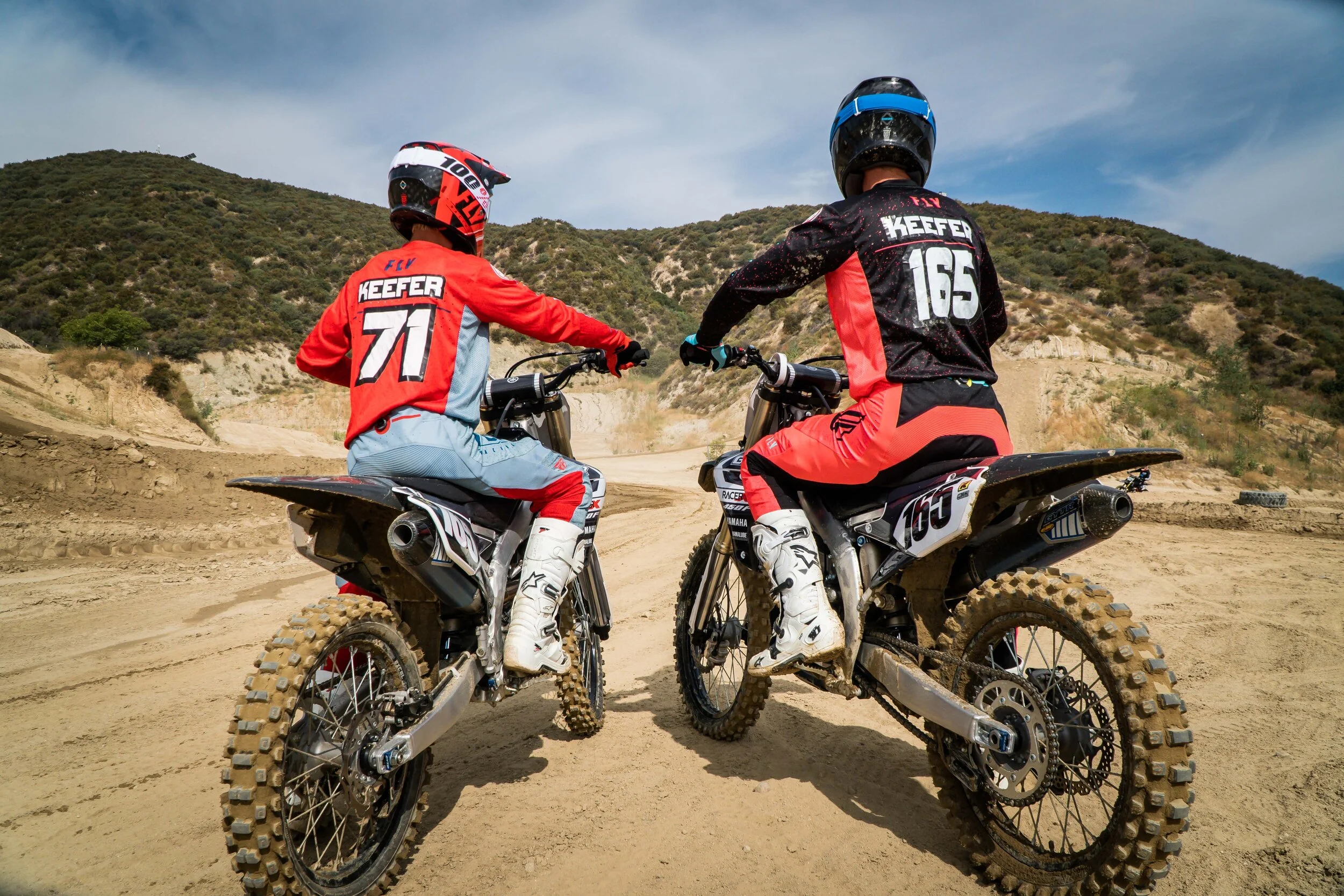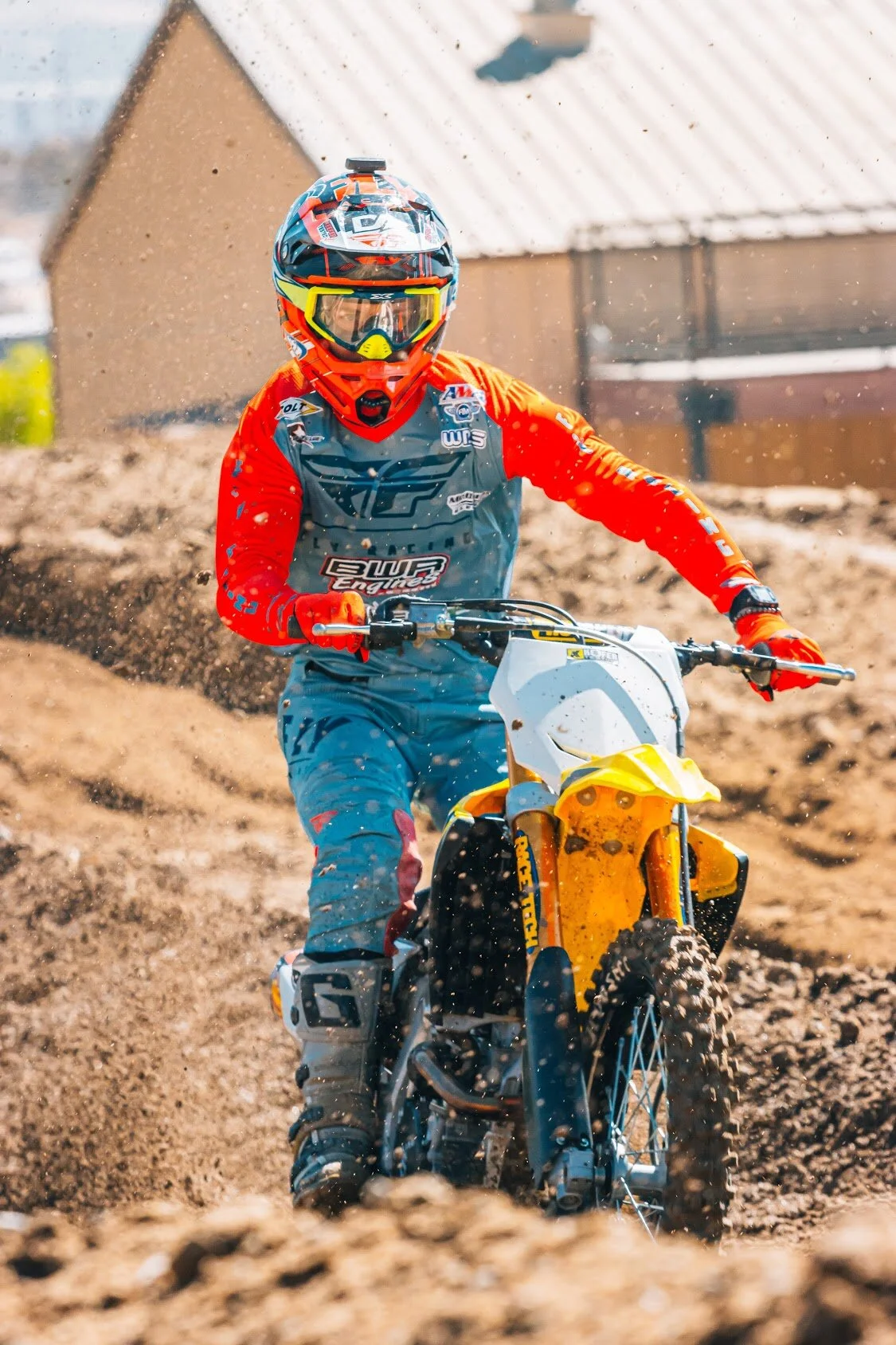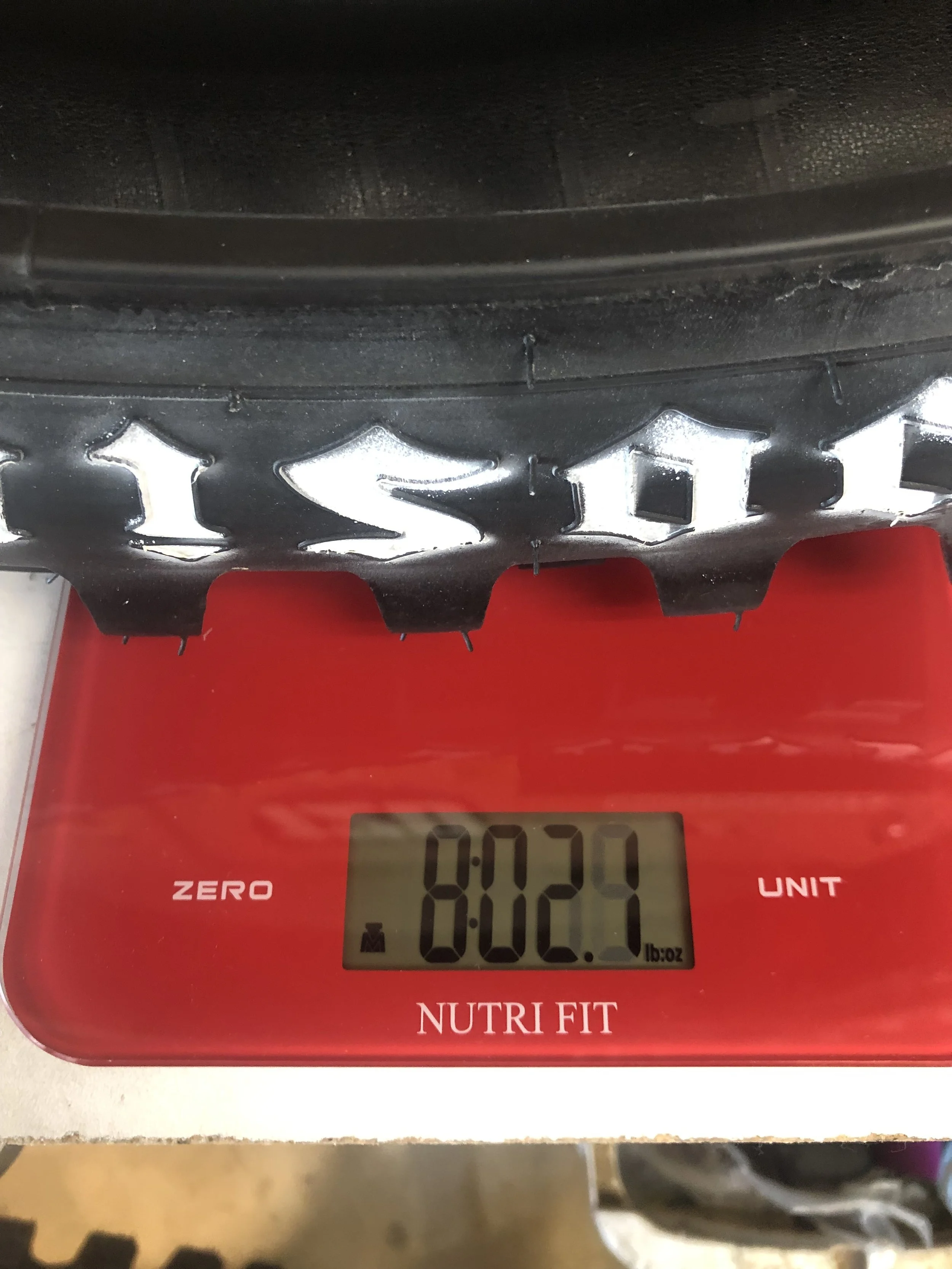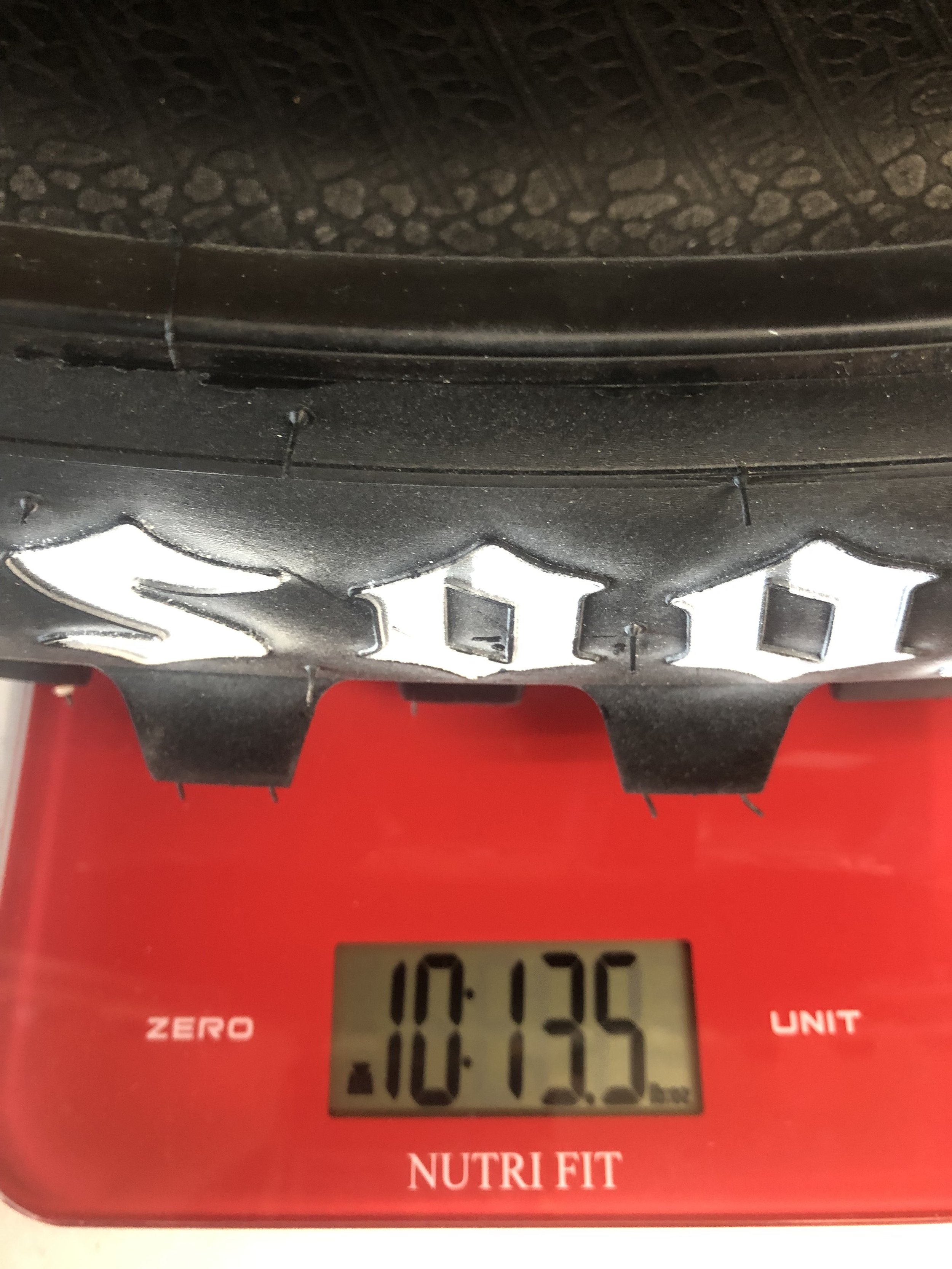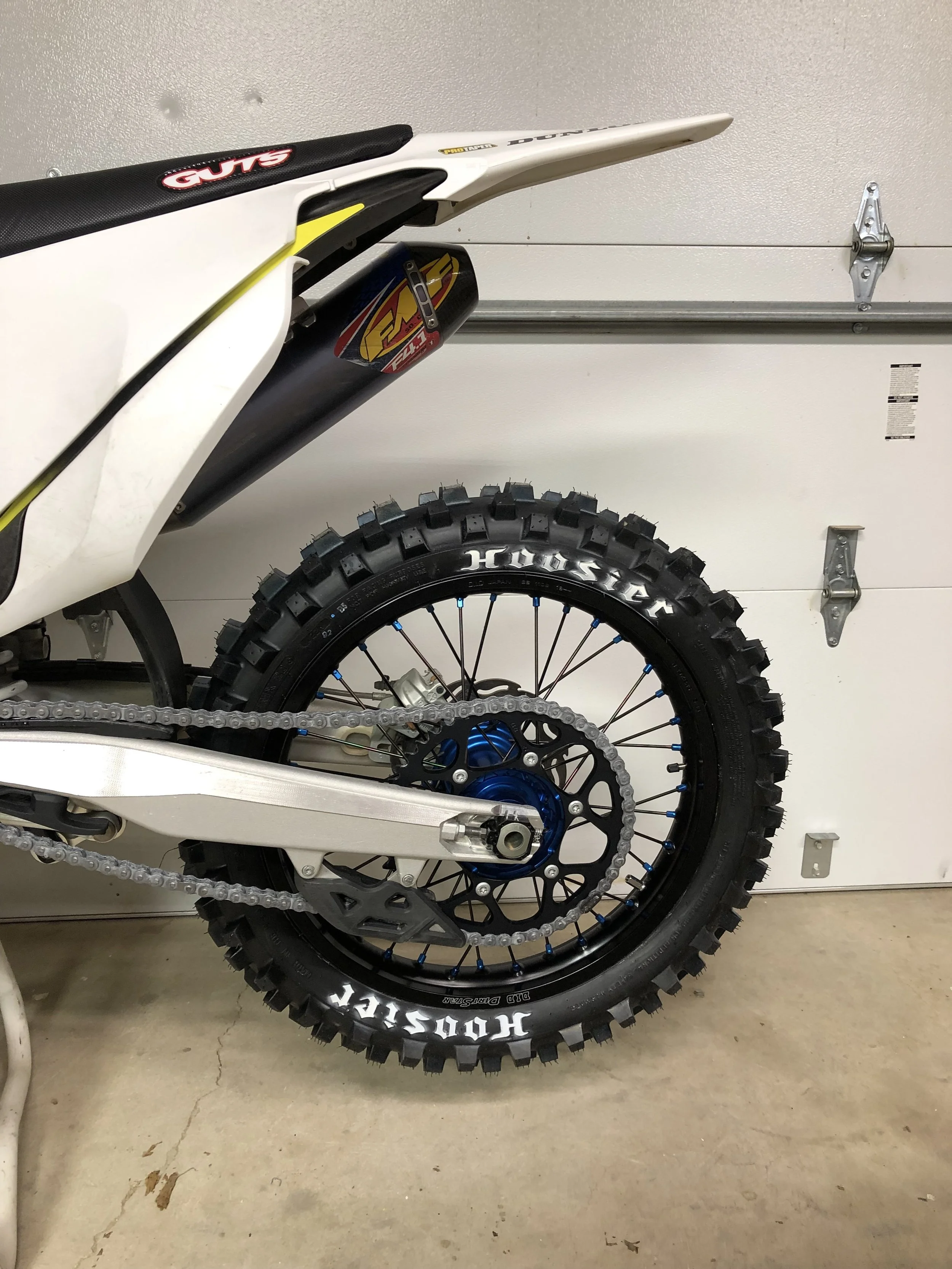MX20/MX25 Rear Performance:
The MX20 rear tire has incredible straight line traction (on-throttle) and gives the Husqvarna and Honda an amazing amount of traction coming out of corners. Lean angle traction was superb when the conditions were soft, but when the track hardened up this carcass felt like it rolled on the rim too much and had a tendency to wash out. Just like the front tire, the MX20 rear tire’s carcass feel has so much comfort, it really makes the suspension on the Husqvarna and Honda have an increased damping feeling that I haven't felt from a production tire. Inside shallow ruts the rear tire’s ability to drift is not as apparent and if you want to brake slide around corners this tire makes it tough to do so. For me I love that feeling because I steer with my front tire, but some of you rear end steering riders may not like this feel. To me this is a pure soft/sand type of rear tire that doesn't like too much sidewall pressure (on intermediate to hard terrain) for aggressive riders.
The MX25’s tire cushion was just as friendly as the MX20, but also could be pushed harder on the sidewall under throttle. When hard on the gas (on fast sweeping corners) the MX25’s ability to not drift was a welcomed feeling. I could leave the throttle on under lean and not get a rear end wash feel like the MX20 had. Slap down landings on the rear tire was one of the first positives I noticed from the MX25, once I entered the track. Over jumping certain singles to flat didn't give me as much of a harsh feel as other production tires and that gave me less fatigue during a longer moto. Maneuverability or the ability to change directions of the MX25’a knobbies let you make quick line choice decisions without any rear end push. The MX25 just has a comfort level that most tires do not have when the track gets imperfections late in the day.
How Does The Lack Of Weight Affect The Handling Of The Bike?:
The Hoosier tires are lightweight… Although Hoosier wouldn't indulge too much on how they achieved such a lightweight tire, I will give you some insight on what I feel when I slap a set of these Hoosier’s on (compared to a Dunlop MX33). The Hoosier tires feel unlike any other tire on the market. For how stiff they feel off the bike, they feel extremely soft and supple when riding with them. You really have to pay attention to the tire pressure (of the Hoosier’s) and forget about what pressures you’re running on other tires as well. When pushing into corners I can feel the initial part of the sidewall flex fairly easy, but then get progressively stiffer as more pressure is applied (front and rear). This is a unique feeling and took me a few added laps to get used to, but adjusting tire pressure helps dial in the firmness the initial part of the sidewall has.
Positives Of The Hoosier Tires:
Carcass feeling
Lightweight
Negatives Of The Hoosier Tires:
Knob chunking on MX20 rear tire
If worn down somewhat the excellent lean angle traction isn’t as apparent
Tire pressure is critical with these compounds (must check air pressure during the course of the day more)
Durability Of The Hoosier Tires:
So if you're slapping down $125.00 per tire, I am sure you want to know about durability right? The Hoosier MX20 rear tire will chunk if using it on harder terrain (around the 4 hour mark). I put around almost 10 engine hours on the other compounds (MX 25 and MX30) and although worn, they didn't chunk. The downside to the Hoosier’s is that when the tire gets half worn, the performance drops a considerable amount (compared to a Dunlop MX33). To me the Hoosier is a pure racing tire and should be taken as such.
Tire Pressures:
MX20 Rear: 14-15 PSI
MX25 Rear: 13.5-14 PSI
MX25 Front: 13.5-14.5 PSI
MX30 Front: 13-13.5 PSI
You can check out the Hoosier’s over at hoosierracing.com.


